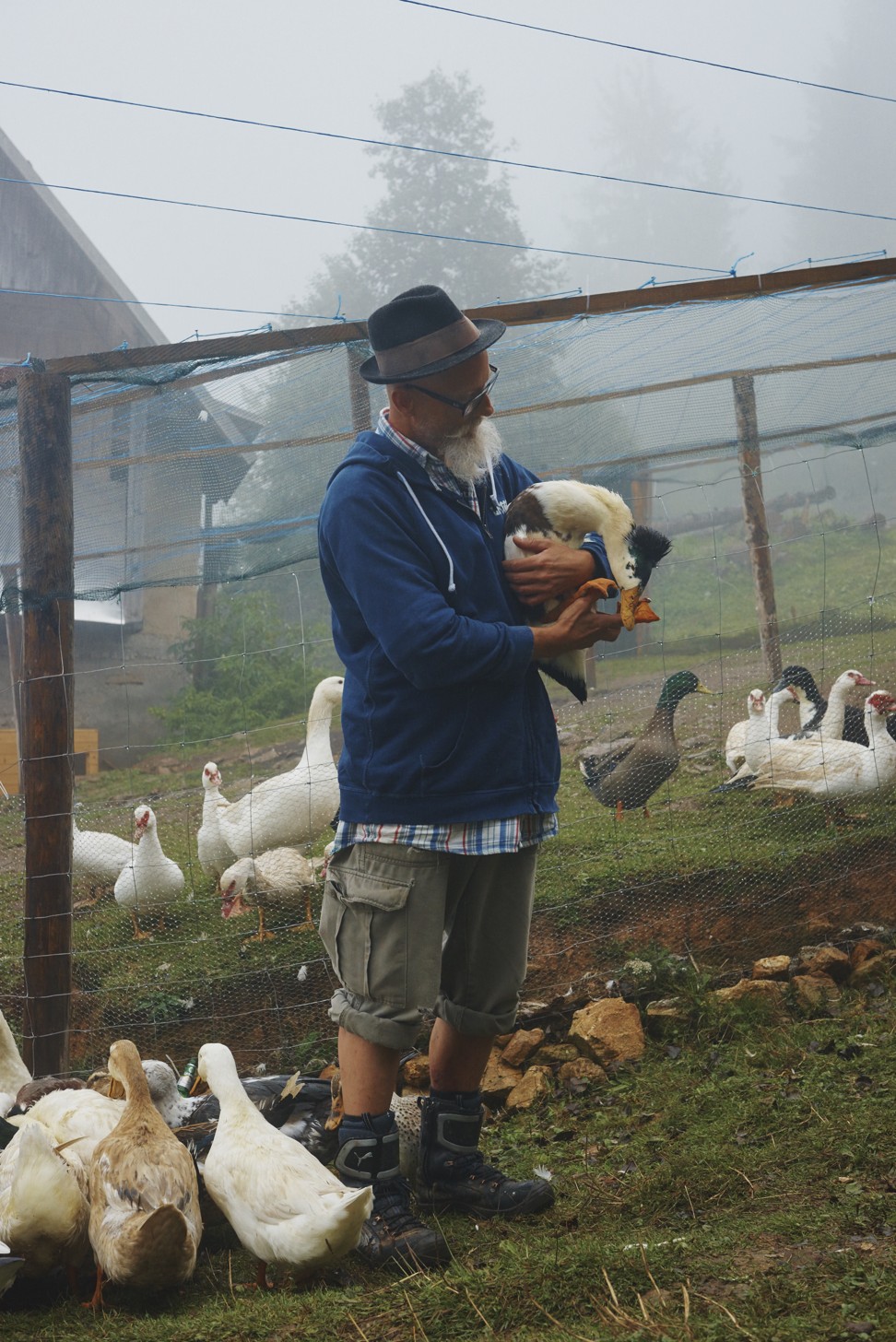Slovenia’s cuisine is set to rival the world’s best
Nestled between Italy, Austria, Hungary and Croatia, and bordered by the Adriatic Sea to the southwest, Slovenia has always been at the crossroads of Central European cultures, and its bounty of unspoiled nature has endowed the nation with amazing biodiversity.
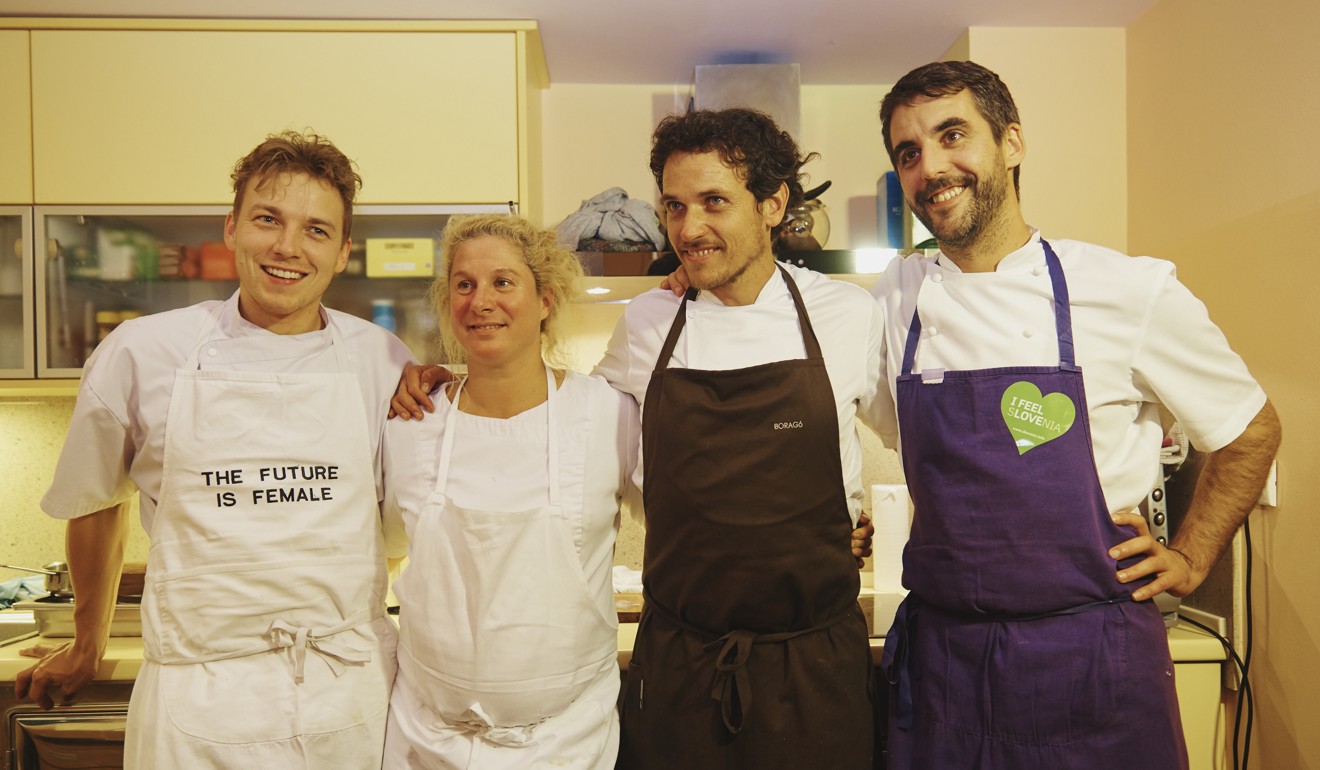
The densely forested landscape is lush and variegated, rippled with mist-capped mountain ranges, and filigreed with networks of sparkling turquoise rivers that snake through the rocky valleys. Driving along the narrow mountain roads feels like flipping through the pages of a fairy tale: you pass fluffy white cows grazing in green pastures, quaint cottages perched on Alpine peaks, and stripe-muzzled badgers that dart out from the woods.
Historically, Slovenian cuisine was based on hearty staples such as game meat, fermented cabbage and polenta. Standards include bean soup flavoured with sauerkraut, and dumplings stuffed with raisins and walnuts, liberally sprinkled with pork cracklings. These days, chefs in the countryside are using traditional themes as the foundation for a style of modern cooking that is bold, experimental, and refreshingly down-to-earth at the same time.
“If a nation needs its own language and culture, it for sure needs its own cuisine, one that expresses its character and way of living,” says chef Matej Tomazic, whose inn, Majerija, houses one of Slovenia’s most famous restaurants.
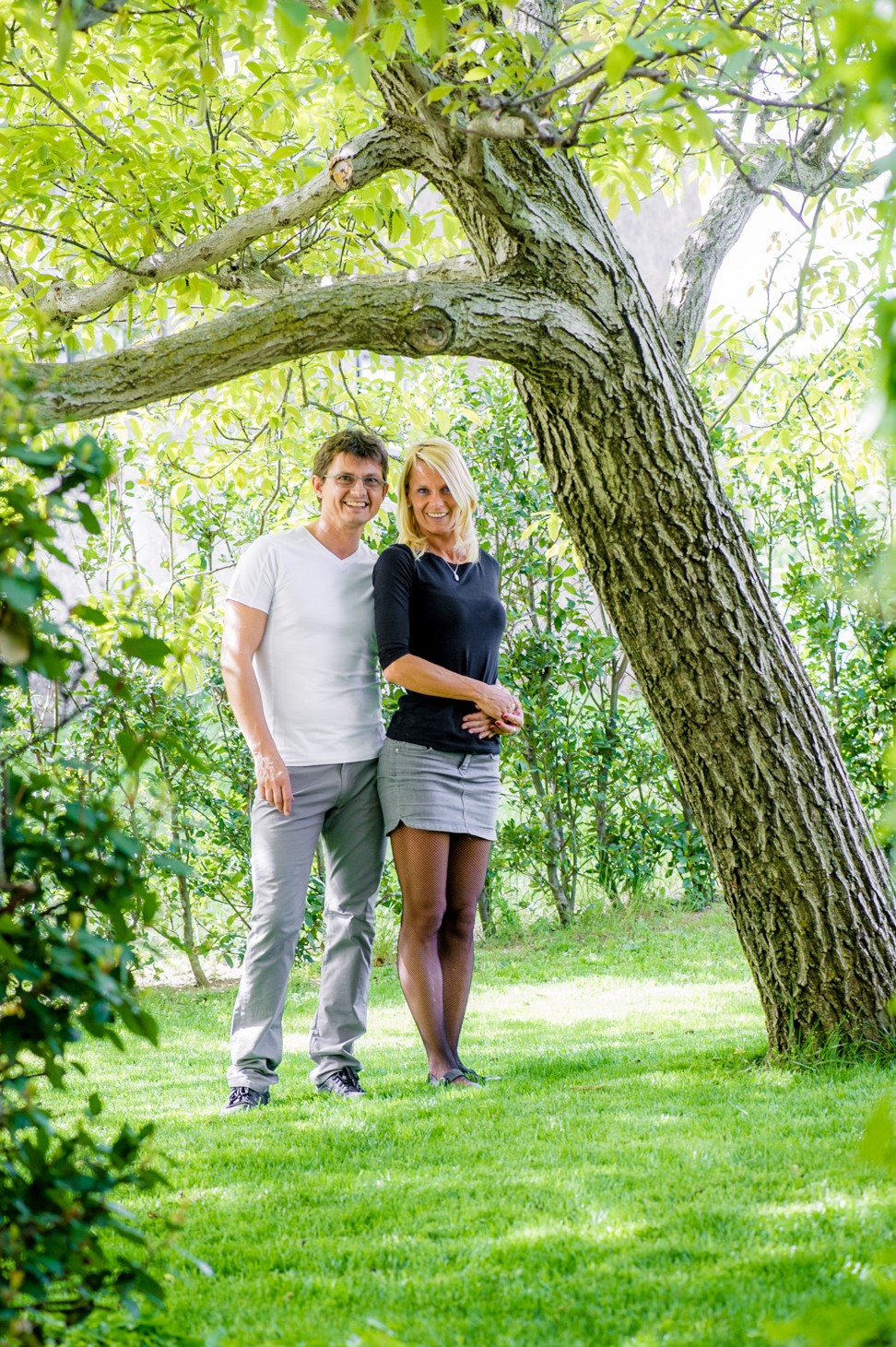
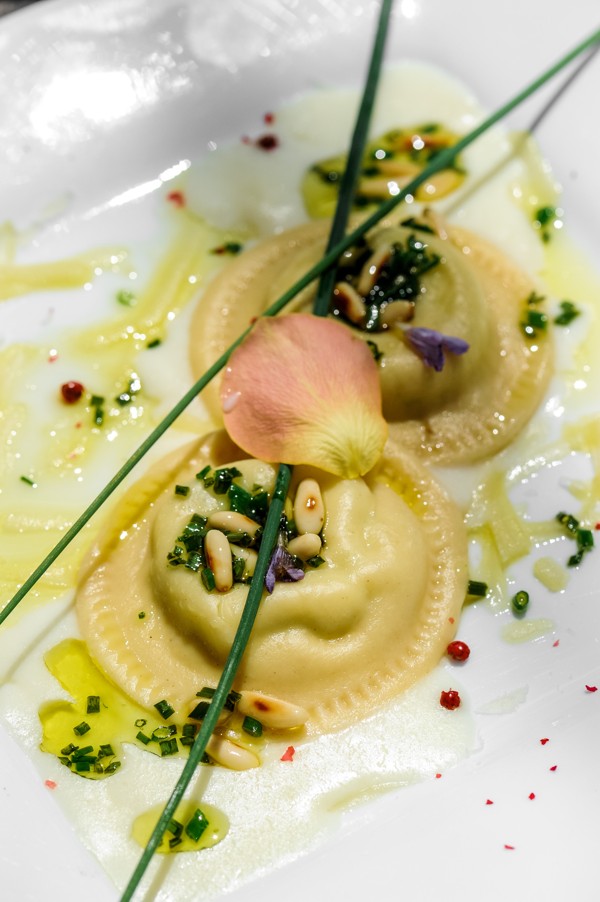
“I’m trying to keep local specialities alive, but I’m adjusting the plates with time,” Tomazic says, before explaining that mlinci was originally a “rustic peasant dish” that made use of leftover bread. His interpretation represents a natural evolution of Slovenian cuisine.
At Hisa Franko, Ros focuses on local, seasonal products, combined in surprising and delicious ways. In autumn, there are plump ravioli filled with vibrant lovage and served with wild mushrooms, and in summer, squid and lamb sweetbreads with black garlic. Her inventive and elegant cooking has inspired other chefs to take a closer look at the ingredients on their doorstep.
If a nation needs its own language and culture, it for sure needs its own cuisine
On the outskirts of Lake Bled, chef Uros Stefelin is working to recover heirloom species like the tepka pear, an aromatic fruit with concentrated sweetness. At his restaurant, Vila Podvin, refined riffs on classic dishes embody the spirit of New Slovenian cuisine. The cold-smoked trout, atop a bed of barley and dried pear enriched with mushroom broth, references ricet, a stew of barley porridge and cured meat, while Stefelin’s version of Slovenian breakfast is a hollowed-out eggshell filled with creamy polenta, poached egg, and crispy crumbled bacon.
“Growing up in a time where locals still grew their own vegetables and prepared home-made sausages has left me eager to preserve these memories and introduce them to the current generation in my own way,” he says.
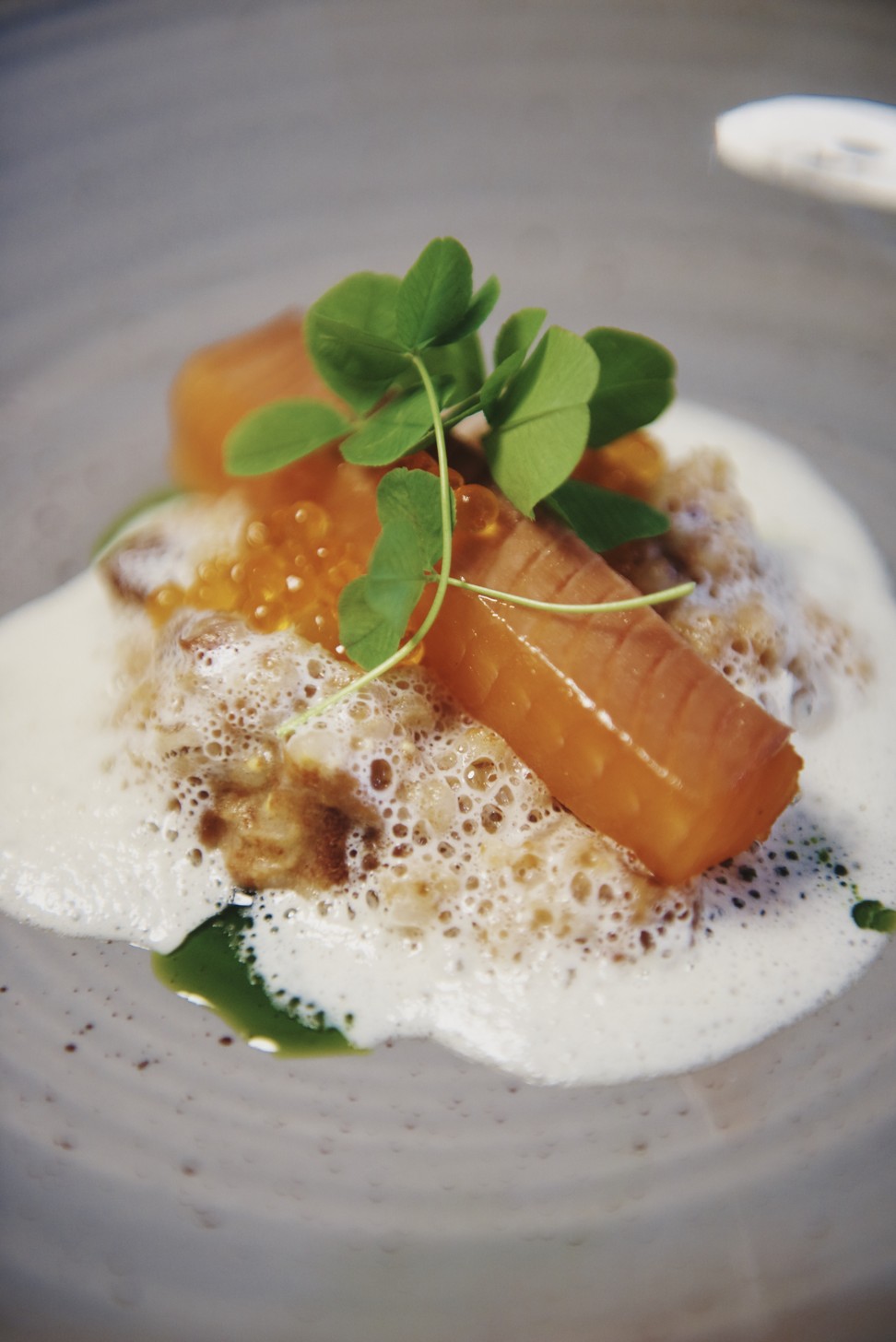
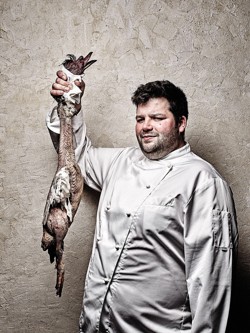
Rising-star chef Luka Kosir has undertaken an ambitious project at GRIC, located 20 kilometres outside of the nation’s capital, Ljubljana.
Kosir started a farm on the restaurant’s extensive grounds to supplement the wild ingredients he forages in the nearby forest. The Kosir family brews its own beer, distils schnapps, and began raising seven species of ducks last year.
Once a rustic tavern serving comfort food, GRIC now turns out some of the country’s most daring haute cuisine: a disk of trout roe set in a jade pool of sauce made from a local herb that tastes of artichoke, adorned with a fermented sunflower; cured duck breast coated in birch sap and butter with nasturtium. “We want to make our guests think and expand their horizons,” Kosir explains.
The picture-perfect city of Ljublanja is also teeming with culinary creativity. At the restaurant JB, chef Janez Bratovz – considered one of the fathers of modern Slovenian fine dining – uses French techniques to prepare lively, contemporary dishes that belie the dining room’s formal interior. Fresh Adriatic prawn comes with hazelnut praline and lemongrass foam; ravioli filled with pistachio is paired with foie gras and licorice.
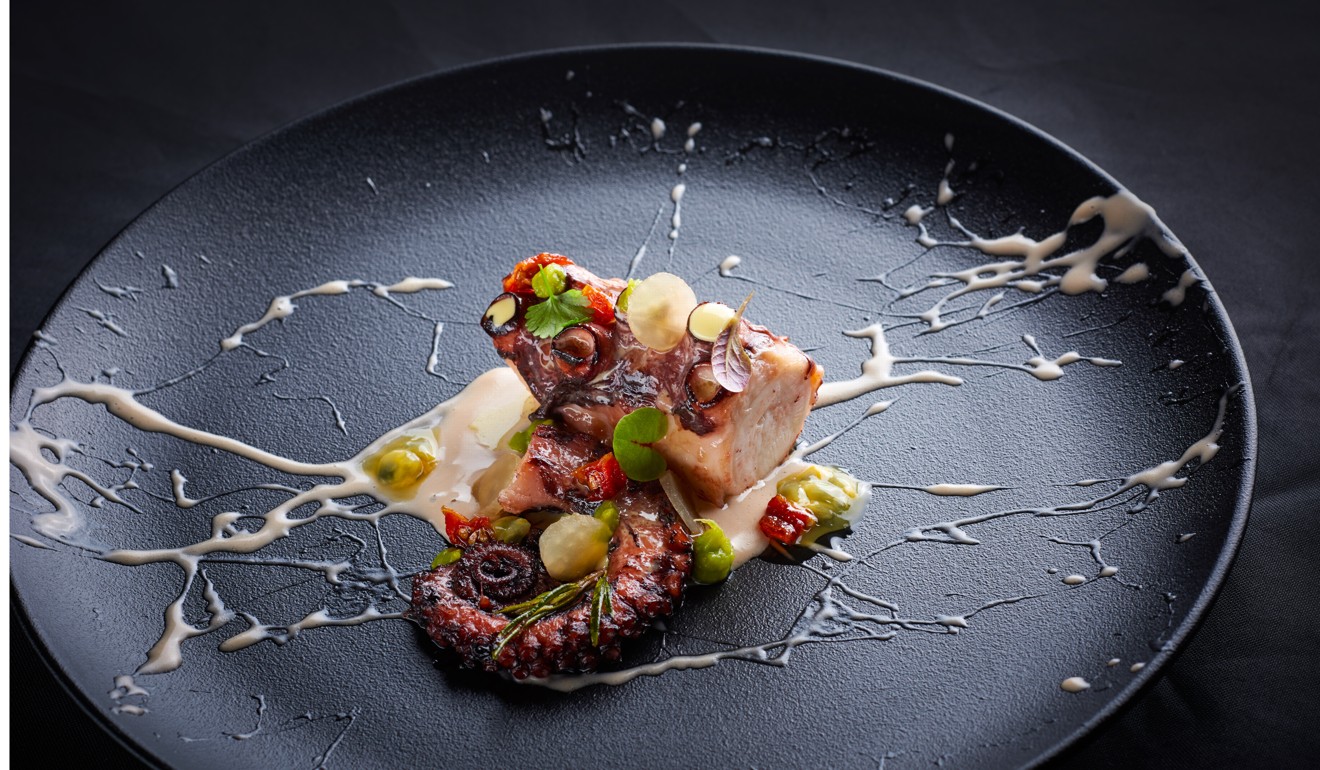
Younger chefs such as Bine Volcic are pushing boundaries even further, incorporating more international influences in his fusion cuisine at Monstera, a neobistro in the city centre.
Slovenia’s status as the new darling of the food world may help spark interest in the cuisines of neighbouring countries such as Austria, Hungary, Croatia and Serbia. Could this be the beginning of a food revolution?
“It’s difficult to understand your own roots and identity and then communicate those ideas to people abroad, but Slovenia is starting to do that,” says Enrico Vignoli, founder of Postrivoro, an event that showcases up-and-coming talent in the hospitality industry. He fell in love with the food and wine culture of Slovenia in 2008 and featured Valter Kramer, Hisa Franko’s sommelier and general manager, in the first edition of Postrivoro five years ago.
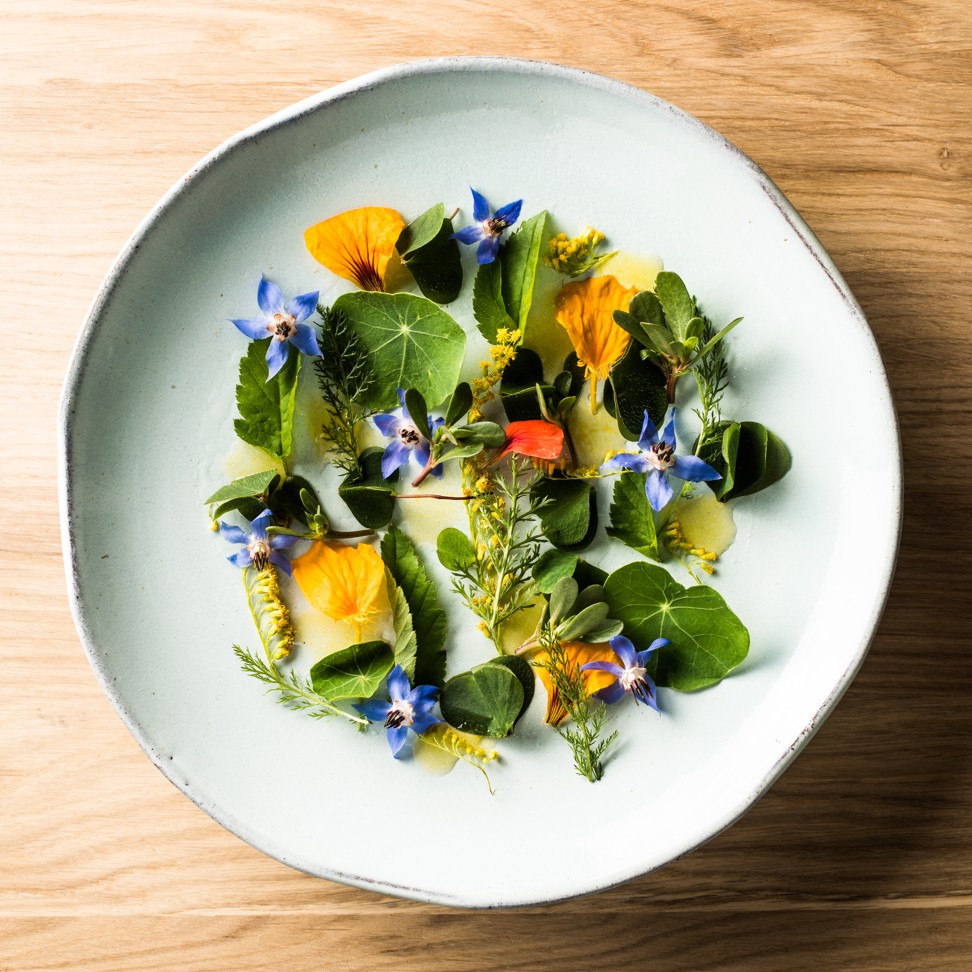
Whether New Slovenian cuisine will have the same impact that the New Nordic movement has had on dining is unclear, but Vignoli says he’s keeping his eye on the region: “Central Europe has a lot of potential, and there is still much more to discover.”

The world’s best female chef is Slovenian, shining the spotlight on Melania Trump’s country of birth
